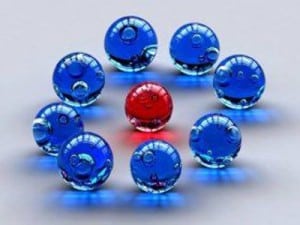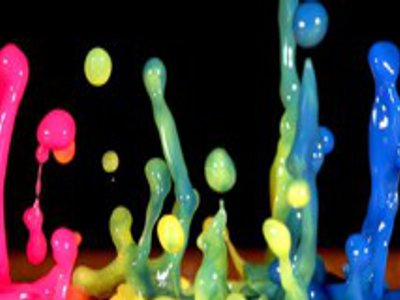If your company does any kind of innovation, how would you describe it?
Stoic – slow, plodding, methodical, and generally consisting of small incremental improvements (minimalist).
Stretch – evaluating current as well as future needs and wants of the customer with some structured framework for achieving a future state (striving).
Maelstrom – creative “free-for-all,” sky’s the limit, and a “no holds barred” barrage of brainstorming and chaos (directionless).
The Common Approach to Innovation, Generally Stoic or Maelstrom
There are generally two separations around innovation in practice:
1) The “continuous improvement” type of innovation which is incremental or stoic.
2) The complete “free-for-all” type of innovation that relies more on being creative for creativity’s sake and tends to be a chaotic maelstrom.
Think about it: improvement, creativity, and innovation are distinct words with different meanings, even though each can include components of the other. Innovation generally requires application of the creative process and incremental improvement, not just the creative process in a vacuum. Therefore, I am proposing an approach to innovation that uses an innovation narrative and early prototyping to achieve new products or services with limited risk and cost.
Stoic Innovation (Continuous Improvement)
A number of product-oriented companies rely heavily on the stoic method to innovation. They make incremental design or usability changes to existing products and product lines. This approach has some merit, as it is generally risk averse and has application in mature markets, commodities, or low-competition areas.
This approach is best seen in many auto manufacturers in between major model overhauls. They make incremental changes and improvements to an existing model for roughly eight to ten years, and then make a complete departure with a new platform or model.
Innovation Maelstrom (Much Ado about Creative Chaos)
Some academic institutions, several Fortune 1000 companies, and those who buy into unscrupulous consulting models with blue sky approaches generally adopt the maelstrom approach. Although this approach can produce blockbusters, it is high risk, expensive, and rarely applicable outside of training exercises and academia. The chance of producing these blockbusters is rarer than winning massive lotteries. The underlying problem with this approach (as anything other than a training exercise) is the deliberate disconnection of brainstorming and the creative process from constraints or limitations.
While the creative juices may flow, and even a few truly breakthrough innovations, inventions, or novel approaches may emerge, the results are rarely (if ever) cost effective. They are usually preceded by huge budget expenditures and string after string of oddities that have little or no useful application. Here are a few blockbuster examples of innovative design work that eventually paid off, but only after significant costs:
Look at the laser invented in Bell Labs, which took over twenty years to find commercial uses for it. Or what about the original IBM tube-based computer, a commercial application that took nearly thirty years to begin to gain widespread business acceptance. What this points out is that innovation for innovation’s sake is not a productive or cost-effective use of a company’s limited resources. Although both the laser and the computer had dramatic, life-altering impacts later on, the companies took many years to realize the benefits and massive amounts of expenditures. Neither of these innovations were very effective before another invention – the transistor – animated them.
Stretch Innovation (Striving for a Future State)
The third approach, which I personally consider the most balanced of the three, would be the stretch. This approach relies heavily on the relentless pursuit of an idea or ideal. To bring the idea to life, it relies heavily on drawing key information out of your customers, or from the marketplace, and then creating a special narrative about the new state of the product or service. Just as the artist’s rendering, or the architect’s elevation, does not include all of the construction details, a good narrative of the future state should produce something that people can picture and work toward.






